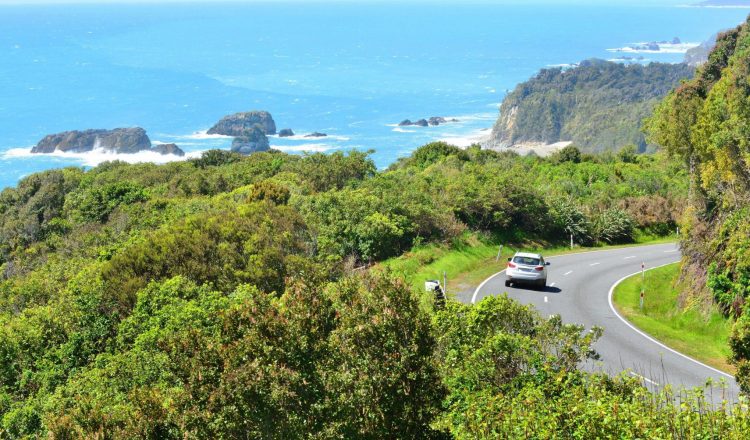道路标志
你在新西兰道路上看到的大多数标志都是国际象征性标志。这意味着他们使用与世界各地的交通标志相同的形状和符号。使用符号标志是因为它们易于阅读,所有驾驶员都易于理解。新西兰的标志通常由反光材料制成,使夜间更容易阅读。
三种类型的标志
我们道路上的标志可以分为三种类型:
- 强制性标志
- 警告标志
- 信息标志。
你必须能够识别和理解每种类型的标志。
下面显示了这些标志的一些示例。显示的例子只是新西兰道路上使用的象征性标志的一小部分示例。它们旨在让您熟悉三种主要类型的符号标志,而不是向您介绍驾驶时将看到的所有标志。
强制性标志
强制性标志告诉你你 必须 或不能 做什么。它们通常是红色或蓝色。

向右转

继续直接前进

保持向左

你不能快于 50 公里/小时

你一定不能开车走进这条路
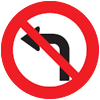
你不能向左转
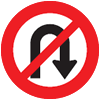
你不能进行 U 型转弯

你必须停下来然后让路

你必须放慢速度然后让路(或者如有必要,停下来)
学校巡逻 —— 你必须停下来
一些强制性标志有红色边界。

除非通过否则你必须保持左

自行车、摩托车、轻便摩托车也可以使用的巴士车道

只能由巴士使用的巴士车道
中转车道,只能供客运服务车、自行车、摩托车、轻便摩托车和载有至少在标牌上显示的人数的车辆使用(例如 T2 表示两个或更多人,T3 表示三个或更多人)
警告标志
警告标志可以提醒你前面的道路上的特定危险。他们警告你要小心自己的安全、其他道路使用者的安全或道路工人进行维修的安全。
有两种类型的警告标志:
- 那些警告你永久危险的人。
- 那些警告你暂时危险的人
这两种类型的标志通常都是钻石形状的。
永久警告标志
永久警告标志可以是黄色和黑色,要么是绿色和黑色。
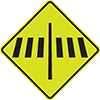
人行横道

注意孩子
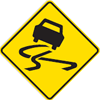
表面滑
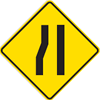
路缩小

通关高度提前警告
临时警告标志
临时警告标志是橙色和黑色。

道路工程
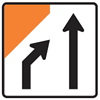
左车道关闭

滑
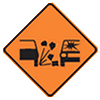
砾石表面

根据要求停止
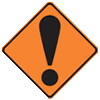
其他危险
注意: 这个标志将永远是
用另一个标志显示
解释危险,
例如 “洪水”
信息标志
信息标志为您提供了有用的信息,例如,到下一个城镇的距离。它们都是矩形的,但有一系列不同的颜色和尺寸。

你可以向左转,但首先让位给任何人
行人和车辆
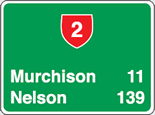
显示州高速公路号码和
距所列地点的距离(以公里
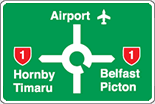
显示前往地点的路线
在下一个十字路口
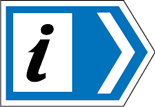
显示到最近的路
信息中心
![]()
显示州高速公路号
和前往列出的地点的方向

临时信息标志 — 道路工程或
建筑工地进入前 100 米

















































